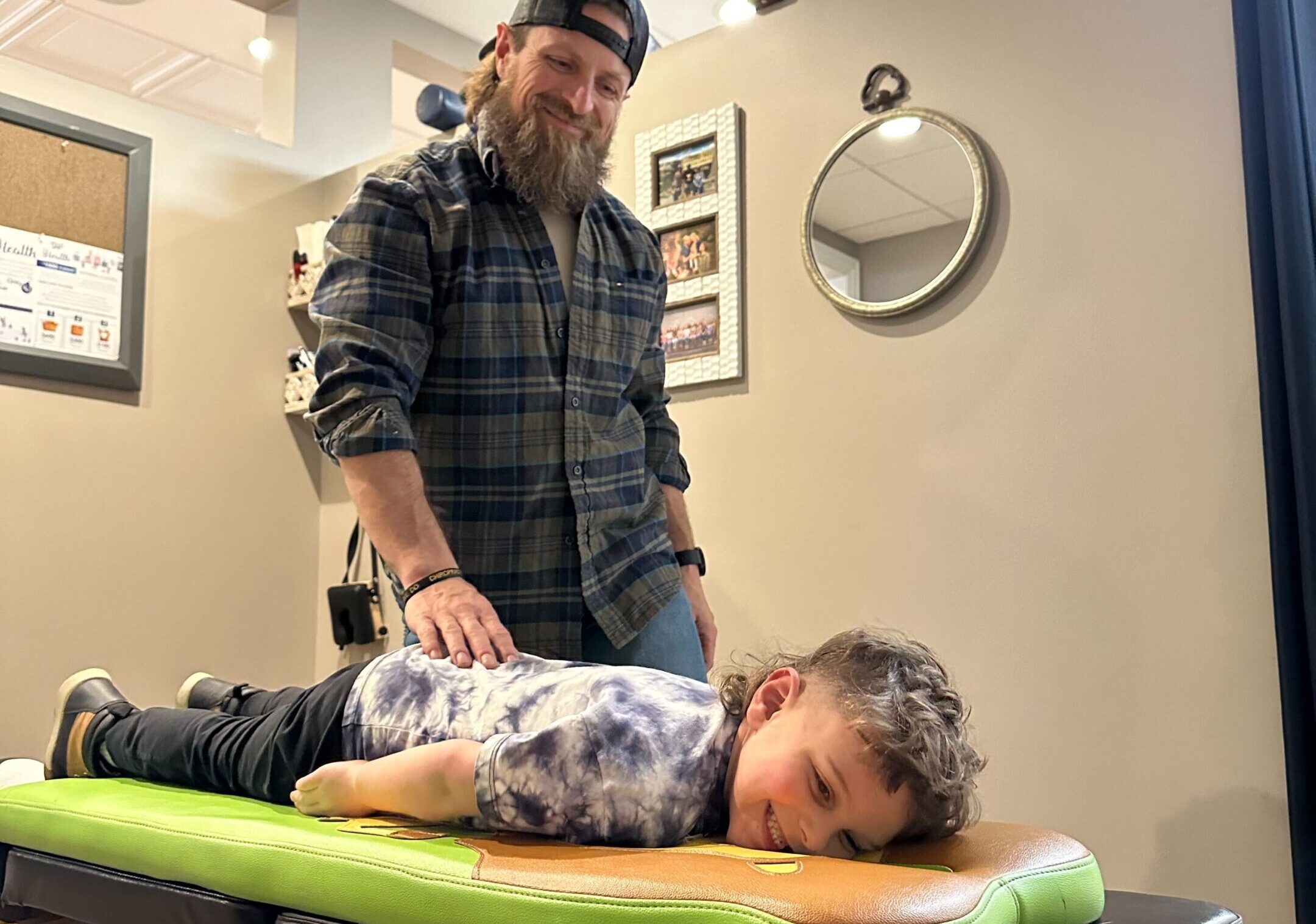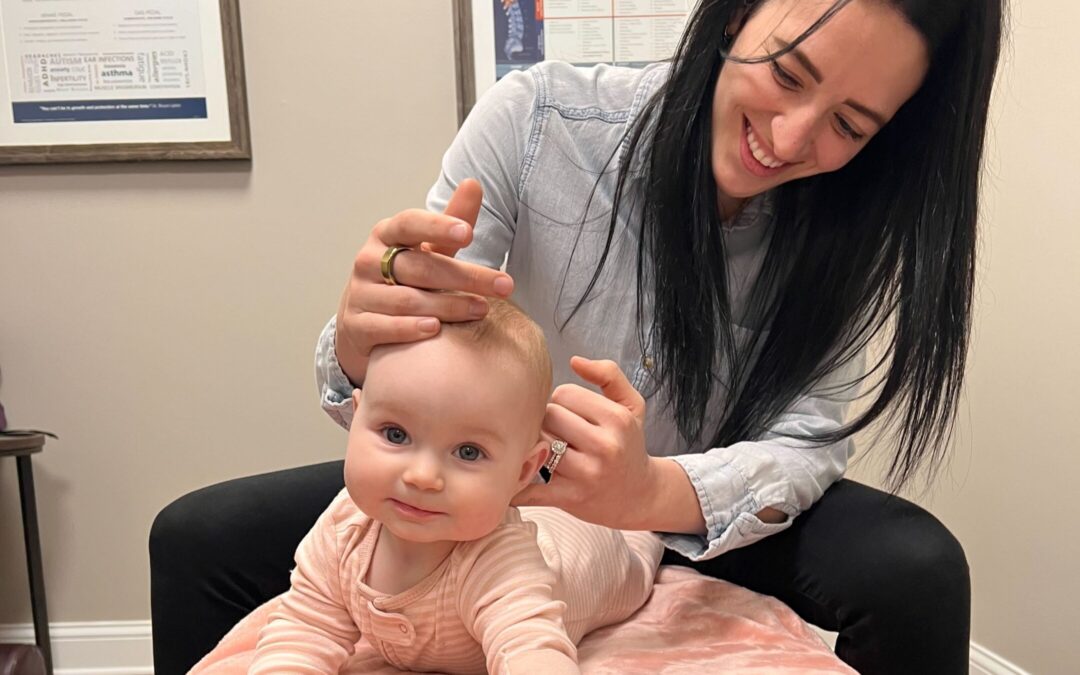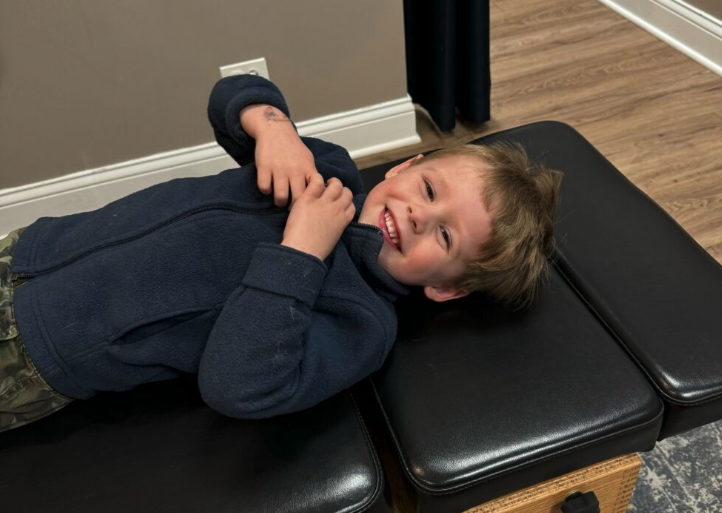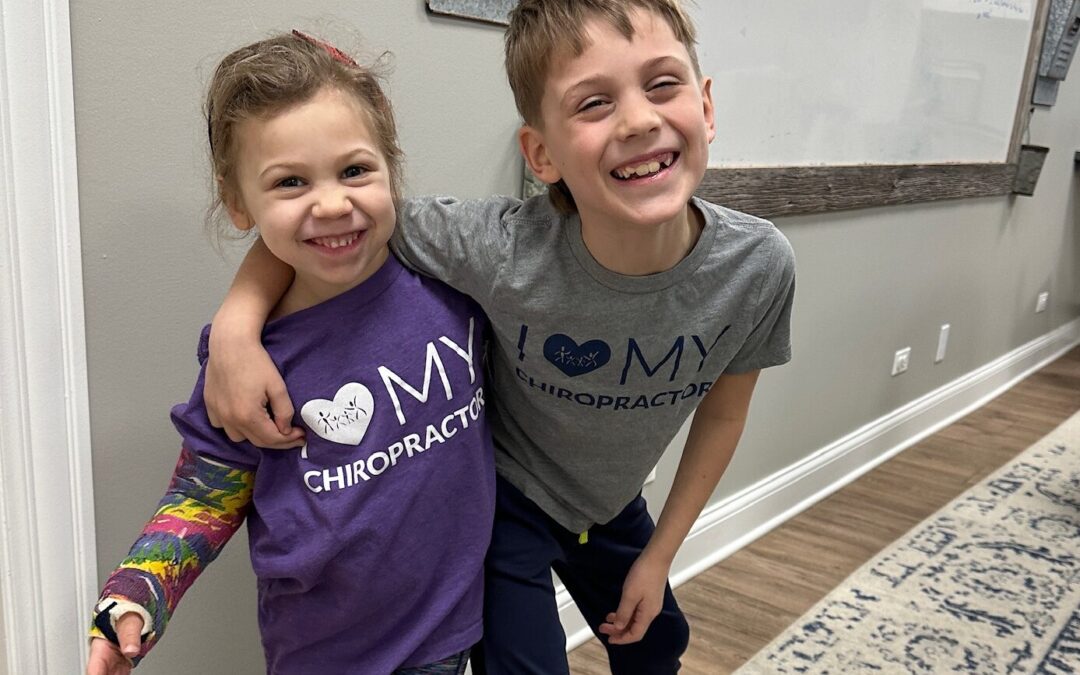Raising children with sensory issues can be a challenging journey, both emotionally and physically, for the kids and their families. Sensory overload and meltdowns, which involve screaming and flailing tantrums at even the slightest triggers, can make parents feel judged, dismissed, and hopeless.
Not only do other parents often not understand and show empathy, but your pediatrician may dismiss your concerns as well and say, “Your child will grow out of it.” But embracing kids who meltdown at an unexpected touch or painfully loud noises requires seemingly infinite patience, and rightfully so, gets parents wondering what could be causing their child to be so sensitive and constantly wound up. Enduring these unlimited challenges daily takes a huge toll on parents as well.
No one can truly understand the daily realities families face while contending with sensory challenges better than the moms, dads, and kids with sensory issues themselves. However, established research and care options offer far more hope and direction for profoundly improving kids’ symptoms than the anxiety or despair that accompanies the traditional dismissive approach. This article explores the ins and outs of living with sensory issues to provide families with long-awaited validation, clarity, and confidence for the path ahead!
What Are Sensory Issues?
Sensory issues, or Sensory Processing Disorder (SPD), refer to challenges in processing input from our senses. The sensory experience involves external stimuli like sights, sounds, smells, and touch, along with internal cues signaling hunger, thirst, and pain. And even more importantly, children with SPD really struggle with movement, balance, and position sense.
Our nerves and specialized tissues, called mechanoreceptors, constantly pick up stimuli and relay that information to the brain for interpretation, deciding what requires a response and filtering out what doesn’t. However, children with sensory issues have difficulty appropriately perceiving, processing, integrating, and reacting to sensory messages. They may experience discomfort, distress, or overreact to input that other kids find unremarkable. The neurosensory pathways carrying stimuli input do not efficiently connect, resulting in messages not being interpreted correctly in the brains of sensory-challenged children.
Common sensory issues include auditory hypersensitivity, making ordinary sounds excruciatingly loud; tactile sensitivity, causing great discomfort to a gentle pat, unexpectedly disturbing personal space boundaries; lacking appropriate cues or overreactions to frustration: symptoms frequently associated with Autism Spectrum Disorder (ASD) or Attention Deficit Hyperactivity Disorder (ADHD). Additionally, many sensory kids struggle with eating certain foods, wearing certain clothes, brushing their teeth, taking a bath, or riding in the car.
Sensory Issue Examples
Sensory issues encompass a spectrum, with children demonstrating overresponsiveness (hypersensitivity) and sensory overload or underresponsiveness (hyposensitivity) in one or more sensory domains. Recognizing potential sensory issue examples provides clues guiding supportive responses.
Hypersensitivity Examples
Sounds: Reacting strongly to routine noises like blender operating by covering ears or shouting “too loud” frequently.
Visual Input: Squinting or eyes watering routinely indoors without vision deficit; insisting on dim lighting.
Tactile Input: Disliking hair brushing and nail trimming; limited tolerance for specific attire — refusing long pants despite the weather requirements, objecting to most shoes and socks.
Tastes: Having an extremely limited palate and often gagging while trying unfamiliar foods.
Smells: Expressing annoyance regularly to typically unnoticed ambient odors like room deodorizer plug-ins or vehicle exhaust.
Hyposensitivity Examples
- Proprioceptive Input: Wanting to jump on furniture; seeking swing higher despite dizziness.
- Interoceptive Awareness: Incapable of recognizing hunger/thirst signs — depending on scheduled mealtimes; frequently toilet accidents.
- Tactile Input: Frequently moving too close to another’s face while conversing; constantly touching people.
- Pain Sensitivity: High injury pain tolerance – slowly responding with minor complaints falling hard.
Identifying exact sensory issue examples in your child guides customized approaches promoting self-regulation, firm confidence in conquering triggers, and social resilience.
What Are The Signs Of Sensory Issues In Kids?
Signs of sensory issues and the need for professional guidance can vary depending on the age of the individual. In infants, hypersensitivity can be identified through behaviors such as a dislike of cuddling, excessive crying in response to normal sounds, difficulty nursing, frequent arching of the back or neck, and reluctance to try new foods.
For toddlers and preschoolers, symptoms may include frequent crying or physical outbursts triggered by loud noises, unexpected changes to scheduled activities, brightly lit environments, aversions to certain textures of clothing, and difficulty tolerating daily grooming routines such as bathing, tooth brushing, hair combing, and nail trimming.
School-aged children may experience meltdowns or anxiety when faced with situations such as fire drills, school assemblies, or sports events where crowds, whistles, or loud cheering occur unexpectedly. Additionally, some children may become overly sensitive to hot, stuffy classrooms when transitioning from cool outside air.
Children who are hyposensitive to stimuli may habitually fidget and seek deep pressure while conversing, stand extremely close to others, and demonstrate a lack of awareness of extreme temperatures or pain tolerances beyond their peers.
It is common for parents to impose excessive discipline or unnecessary medication on their children in an attempt to modify their behavior, often deeming their reactions as abnormal. This can lead to feelings of dismay and isolation for the child.
Prevalence And Impacts Of Sensory Processing Challenges
Sensory issues in childhood prevail more prevalently than parent and physician awareness acknowledges. Conservative research indicates sensory processing difficulties affect 5-16% of typically developing kids and up to 90% of children with autism.
If we also factor in the 6 million US kids (nearly 10% of the pediatric population) struggling with ADHD, which also is strongly correlated and linked to SPD, the rates are even more staggering as to how many kids struggle every day with sensory issues.
Taking a positive, forward-looking perspective on these rates and realities, however, helps us realize that once we learn how to help calm and improve sensory processing functions in kids, we can see major benefits to children struggling with ASD and ADHD as well.
Sensory dysfunction can have a significant impact on physical, emotional, social, and academic progress, as well as success in navigating environments outside of the home. Children who are hypersensitive to new situations may feel fear and reluctance to reach normal childhood milestones. They may be denied kindergarten enrollment or sleepover invitations, or their participation may be brief in such situations.
Often, moms need to rescue their children who become overwhelmed and start crying due to extrasensory stimulation. Over time, this leads to families avoiding going into stores, restaurants, play centers, and so many other fun and regular life activities due to the fear of sensory meltdowns.
Sensory Processing Dysfunction Triggers And Root Causes
Scientifically pinpointing definitive causes for Sensory Processing Disorders currently proves limited. While conventional medicine would most likely dismiss sensory issues as solely genetic, just like they do ASD, ADHD, and Anxiety, there is so much more going on with our overstressed and toxic environment that is leading to the dramatic rise in sensory challenges in kids.
It’s also well documented that prenatal distress and birth trauma contribute to Sensory Processing Disorder, as well as Autism Spectrum Disorder. Pediatric specialists recently correlated high-risk pregnancy maternal infections or inflammation with overstimulated immune activity across the placenta, spurring unbalanced neurological responses in offspring. This results when repetitive stress hormones catecholamines shift the autonomic nervous system into overdrive, heightening sustained sympathetic fight-or-flight reactions: the perfect storm culminating sensory processing dysfunction plus behavioral disorders like ADHD.
Restoring nervous system balance and brain connectivity through customized sensory input via Neurologically-Focused Chiropractic Adjustments helps restore proper sensory communication and connection between the brain, the body, and the environment overall.
The Role Of Subluxation And Stress In Sensory Processing Disorder
Just like they do for autism, traditional medical discussions around this issue will state that sensory function is disrupted by a combination of genetics and environmental factors. However, they fail to dig any deeper than that and make it clear to parents exactly which environmental or neurological factors are at play with SPD.
Two often overlooked neurological challenges, subluxation and resulting dysautonomia, also play a pivotal role in creating sensory dysfunction.
Subluxation can occur due to neurospinal tension and reduced range of motion (decreased proprioception) following in-utero constraint, breech positioning, and birth trauma, which can result from interventions like C-sections or forceps/vacuum-assisted deliveries. This can cause asymmetrical neck strains and interference between nerves that relay sensory information. This is particularly true of the Vagus Nerve, which is housed in the brainstem and upper neck region and is the most important sensory processing nerve in the entire body.
When subluxation and neurological dysfunction set in, the entire autonomic nervous system shifts into a sustained “fight or flight” sympathetic overload. This, in turn, further escalates physical responses to ordinary sensory input. Disruption of nervous system regulation slows cognitive processing for learning, focus, and emotional coping and can even delay language and social skills.
Gentle chiropractic adjustments can help to restore balance to the nervous system and improve sensory processing, especially in the way of movement and proprioception. Clinical studies suggest that children undergoing chiropractic care for subluxation and dysautonomia show improvement in regulating emotional and sensory responses and are able to better regulate their nervous system and adapt to their daily environment, leading to decreases in meltdowns and other sensory processing difficulties previously experienced.
All of this is achieved without medication through Neurologically-Focused Chiropractic Care protocols that focus on nervous system repair and regulation.
Addressing Neurological Imbalance With Pediatric Chiropractic
The PX Docs network combines the latest research along with their clinical expertise to assess sensory dysfunction through a deep dive into the sensory child’s case history and then through cutting-edge technology and exam protocols. Advanced neurological INSiGHT scans measure nervous system stress, sensory processing capabilities and can help pinpoint subluxation locations and severity precisely.
The scans also guide gentle adjustment protocols that have been clinically proven to activate calming parasympathetic nervous system responses, release stuck sympathetic stress, and help bring the nervous system back into balance and optimal function. This improvement in overall neurological function then helps improve emotional resilience, social-emotional regulation, improve focus, better sleep, and improved motor coordination.
Visit the PX Docs Directory to find your local Neurologically-Focused Pediatric Chiropractor and schedule a consultation and INSiGHT Scans appointment to help your child and entire family regain an optimal quality of life and get to the other side of these continual sensory challenges!





